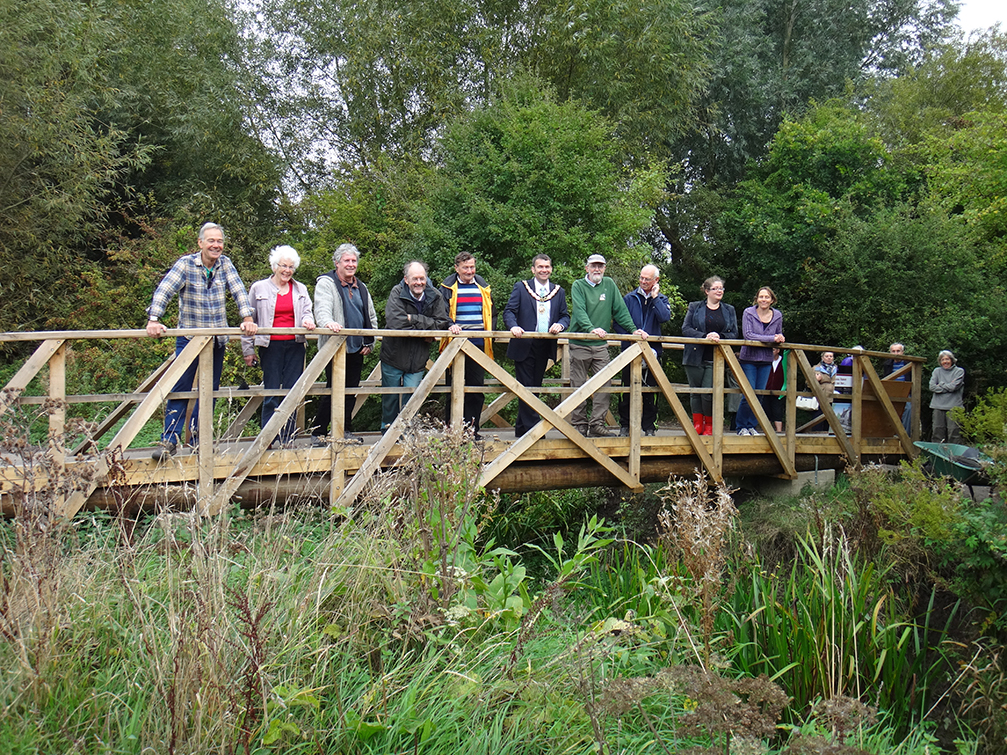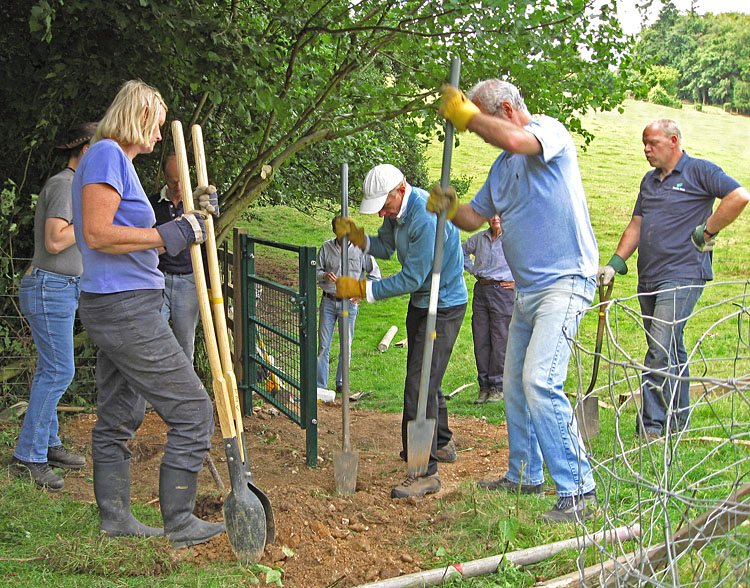Grant of £4,500 awarded in 2023
Oxford Conservation Volunteers (OCV) have been engaged in the practical conservation, improvement and restoration of the natural environment of many of Oxfordshire’s special sites for 45 years. The purpose of their work is the long-term creation, restoration and maintenance of local natural habitats, improving biodiversity and sustainability. They achieve this through day-long volunteer work parties every Sunday of the year, and some Saturdays, at nature reserves around the county using their expertise and experience built up over the years, tools and enthusiastic volunteer labour.
We know how passionate OCV are about nature conservation, the natural habitat, sustainability and biodiversity. Their volunteers are all ages, come from all backgrounds and work with great commitment on all tasks. They get involved with a range of projects including traditional activities like hedge laying, coppicing, pollarding, scything, and conserving grassland by scrub clearance. They also know how to construct fences using posts and wire or rails, improve footpaths with steps and revetments, build boardwalks, create new hedges by tree planting, build and repair stones walls, carry out pond work, and maintain fens and reed beds. Volunteers will contribute to all such tasks, according to their inclination and ability, and they are a hardy bunch, going out in all weathers to tackle tough assignments and do a good job.
So, when OCV applied for a grant to buy new tools, we were delighted to help.






















